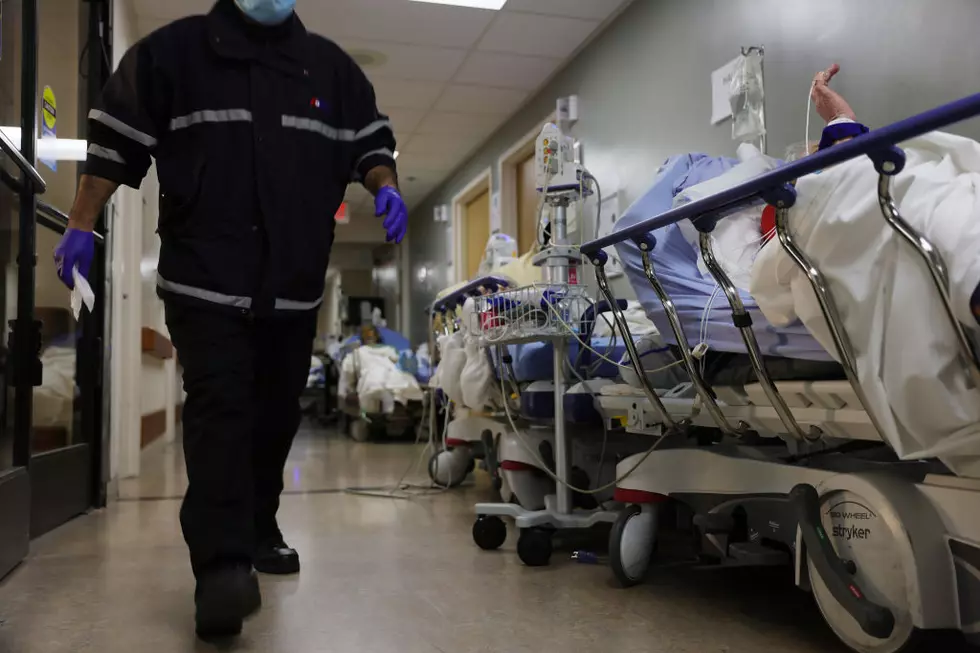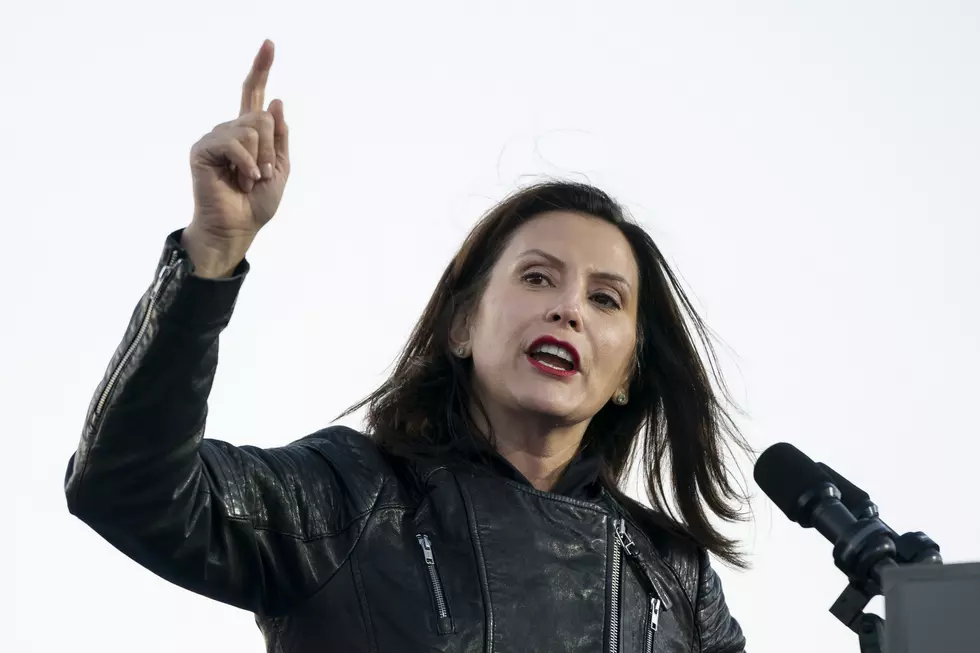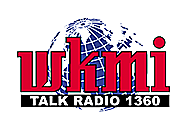
Michigan Education Association Takes Large Paycheck Protection Tax Dollars
What a tangled web we weave. The largest teacher union in the state of Michigan has just been exposed as taking money intended for small businesses affected by the COVID-19 pandemic. The program is called the Paycheck Protection Program (PPP).
The federal government wanted to incentivize employers to maintain their payroll during the crisis. To do so the SBA provided 100% federally-backed loans for certain payroll expenses through June 30, with up to eight weeks of forgiveness for small businesses, certain nonprofits, and self-employed individuals. The loans would become forgivable if employers retain employees at comparable salary levels prior to the crisis.
According to the Detroit News, one of those “small” businesses or some would call “non-profit” organization is the Michigan Education Association (MEA). The MEA has over 120,000 dues-paying members, the keywords being “paying members”.
The teachers continued to get paid their full salary regardless if they worked or not and they still paid their full dues to the MEA. The MEA was not out one red cent during this entire pandemic.
The Michigan Education Association took a $6.4 million loan that I assume will be forgiven if they follow the criteria set forth in the Cares Act. A spokesman for the MEA, Doug Pratt said in a statement to The Detroit News:
With 285 employees across Michigan, we’re proud that we’ve been able to do the right thing and continue to pay employees during the pandemic, despite uncertainty on the horizon…The PPP program has helped us do that.
When asked to explain why they asked for and received the $6.4 million dollar loan that will be forgiven if dues continued to be paid, he responded by email:
There is pandemic-induced uncertainty on the horizon relative to the funding situation for public education. We hope the U.S. Senate addresses the funding needs for Michigan’s students and educators.
That appears to be a pretty good answer to a question that was never asked. Do any of you see an answer to the question; why did you request $6.4 million tax dollars if you continued to charge and collect your member's full dues?
You really have to ask yourself what kind of people are in charge of the MEA when they apply for and receive tax dollars intended for businesses and non-profits that actually lost money during the pandemic.
If they can do this to the taxpayer of the United States what else are they actually doing behind the scene?
The MEA should, like other companies exposed of their misdeeds, return the full amount of the loan back to the United States Treasury to get back at least a bit of respect. If they lost any money during the pandemic I could understand their request and then ultimately receipt of the funds but as I stated above they did not lose a red cent during this pandemic.
==
For more information on the PPP the Tax Foundation provided the following:
The loans are categorized by how long the organization remains operable from the beginning of the crisis period (February 15) to June 30. For businesses that continue to operate and retain employees over that period, the SBA can provide a maximum loan of 250 percent of the average monthly payroll costs during that period:
- If you are in business over the period from February 15 to June 30, you will receive a maximum loan amount that is 2.5 times your average monthly payroll expenses over that time period.
- If you are a seasonal worker over the period from March 1 to June 30, you will receive a maximum loan amount that is 2.5 times your average monthly payroll expenses for that shortened time period.
- If you were not in business after February 15—that is, if you were not open because of the crisis or you went out of business entirely—you will receive a maximum loan amount that is 2.5 times your average monthly payroll expenses for the two months of January and February.
- Businesses that took out economic injury disaster (EID) loans between February 15 and June 30 may refinance their original loan into a PPP loan and add any outstanding loan payments to their payroll expenses.
Eligible payroll expenses for calculating PPP loan amounts include:
- Compensation (salary, wages, commission, or similar compensation, cash tips, etc.)
- Payment for vacation, family, medical, and sick leave
- Allowance for employee dismissal or separation
- Payment for group health-care benefits, including insurance premiums
- Payment of employee retirement benefits
- Payment of state and local taxes imposed on the compensation of employees
However, the PPP does not count the following expenses when calculating the total PPP reimbursement amount:
- Any compensation over $100,000 per employee
- Taxes imposed under chapters 21 (payroll taxes), 22 (railroad taxes and retirement benefits), and 24 (income taxes withheld on wages) of the Internal Revenue Code (IRC)
- Compensation of employees whose principal place of residence is outside the United States
- Qualified sick and family leave for which a credit is already allowed under other sections (i.e., 7001 and 7003) of the Family First Coronavirus Response Act
- Loans used for duplicate purposes of another SBA loan program already claimed by the applicant
Once an eligible small business or contractor receives the loan, they may use it for the following:
- Payroll costs
- Costs related to the continuation of group health-care benefits during periods of paid sick, medical, or family leave and insurance premiums
- Employee’s salaries, commissions, or similar compensation
- Payments of interest on any mortgage obligations (not including prepayment fees or payment of principal on the mortgage itself)
- Rent (including rents under a lease agreement)
- Utilities
- Interest on any other debt obligations that were incurred before the relevant covered period (see Table 1)
Notably, the SBA will fully forgive all loans under the PPP provided three requirements are met:
- Loans are used exclusively for their intended purposes (see bullet points directly above)
- Loans are used to offset no more than eight weeks (the maximum amount of time payroll expenses would be fully offset) of eligible payroll expenses
- Businesses retain employees at salary levels comparable to before the crisis
MORE: John F. Kennedy’s “Founding Moment of the Peace Corps” Happened in Michigan
More From WKMI









